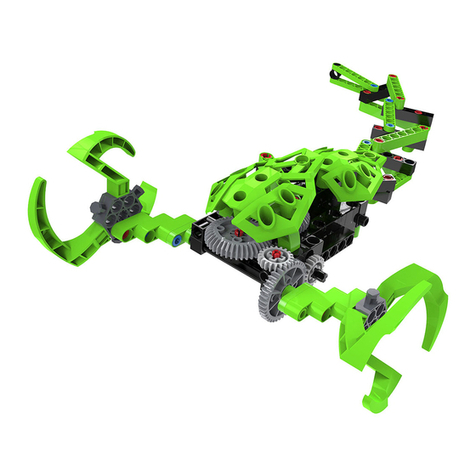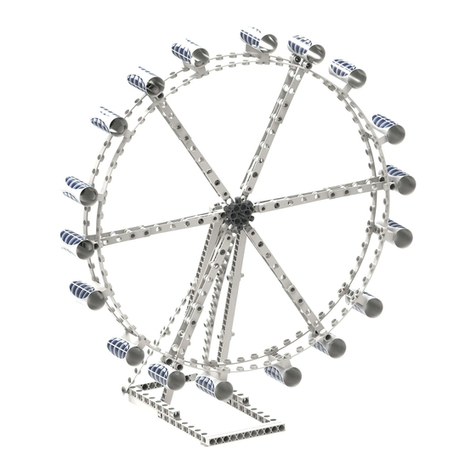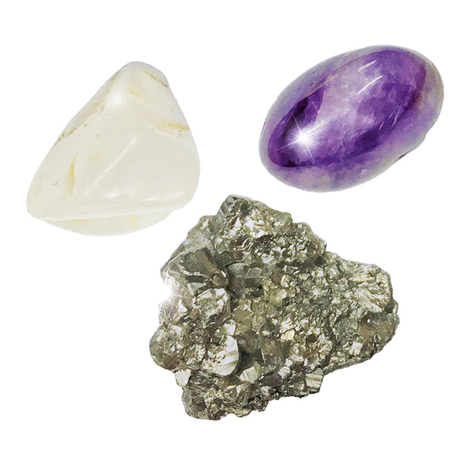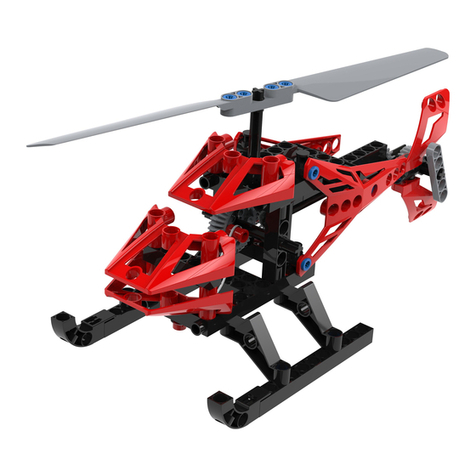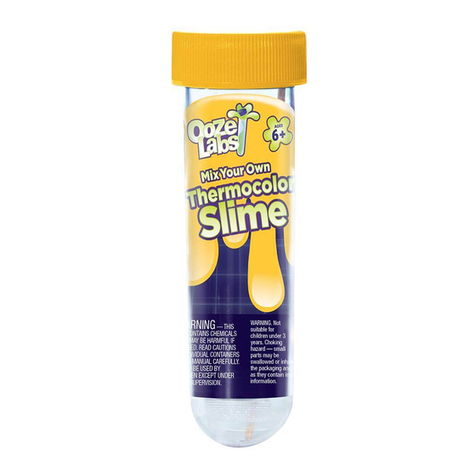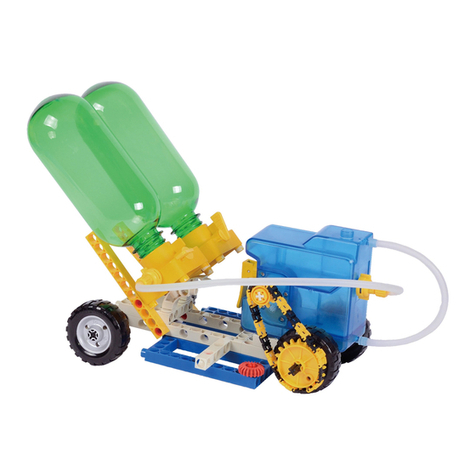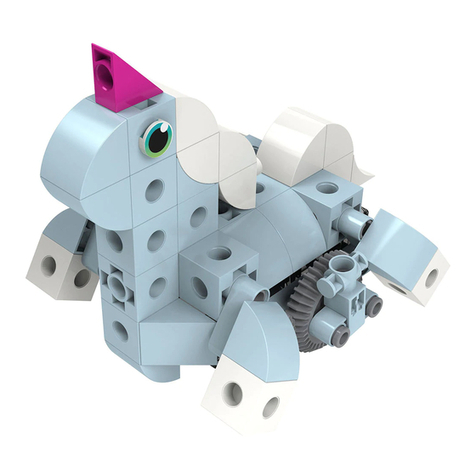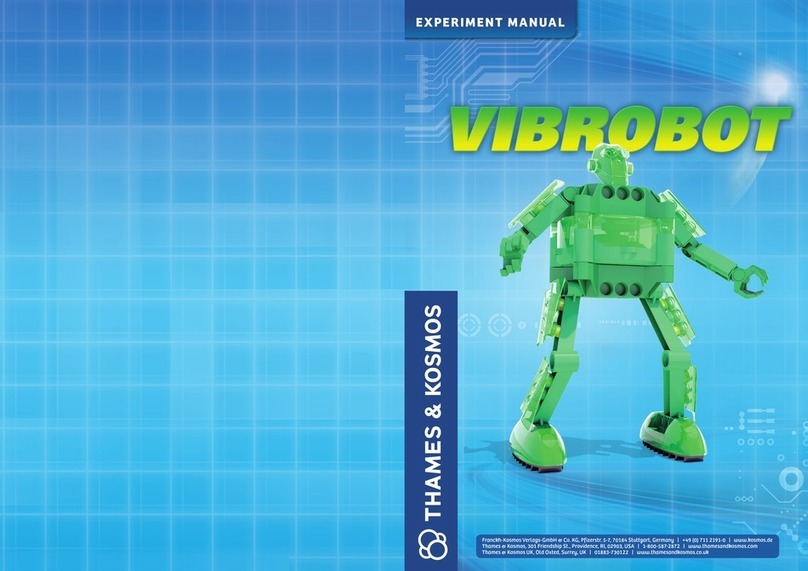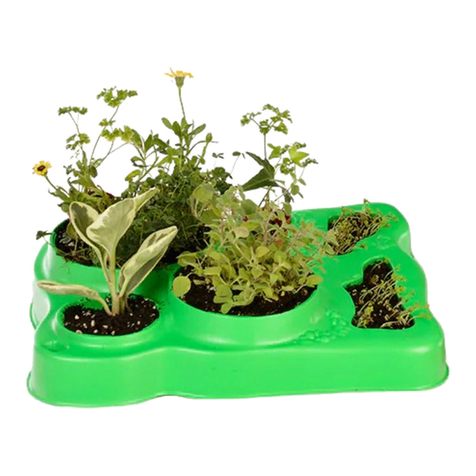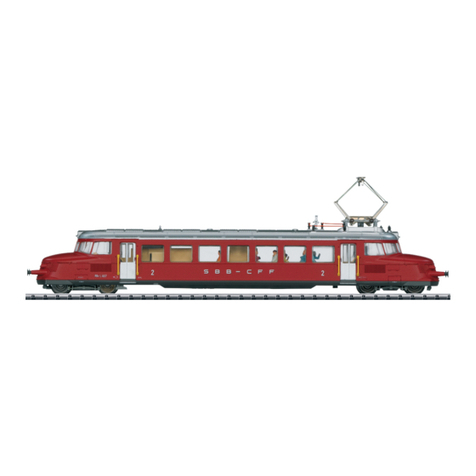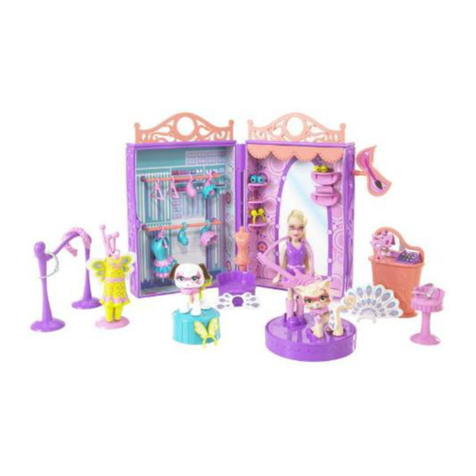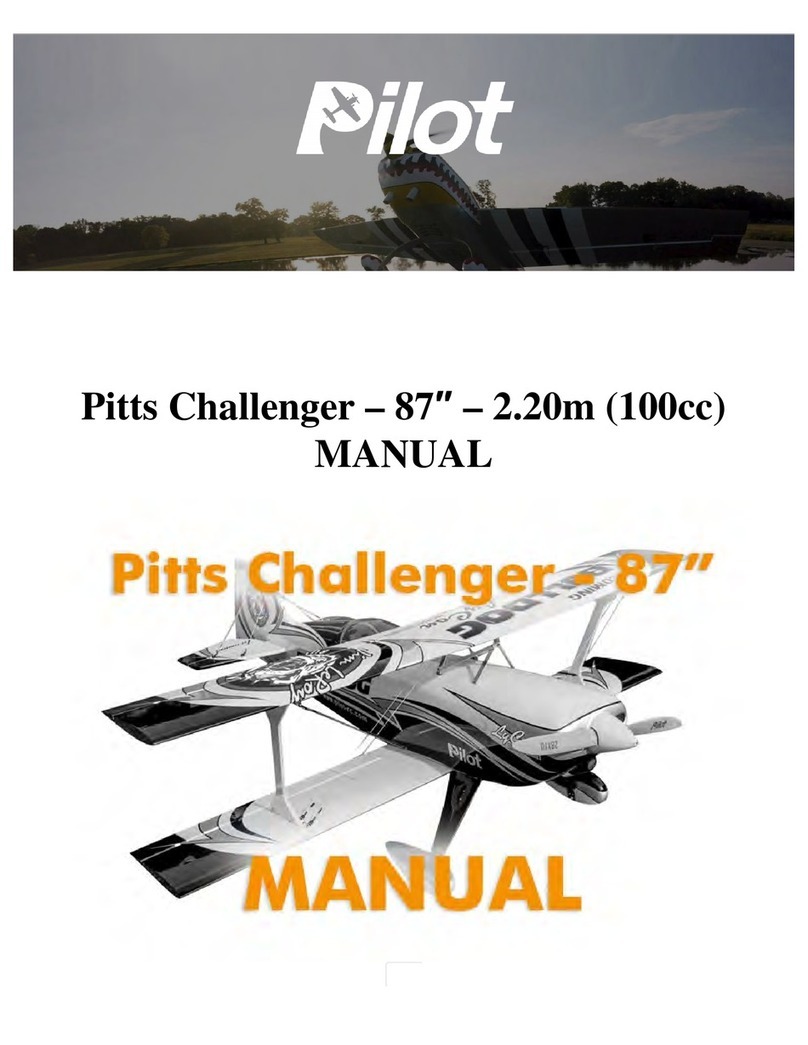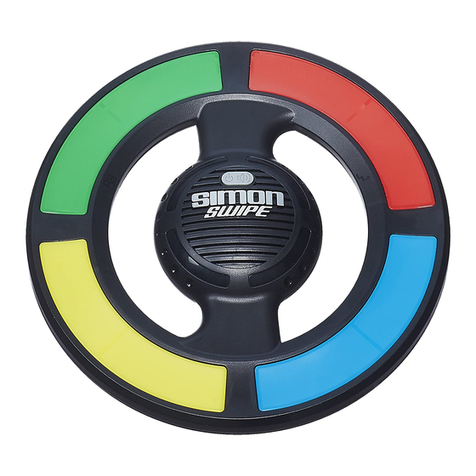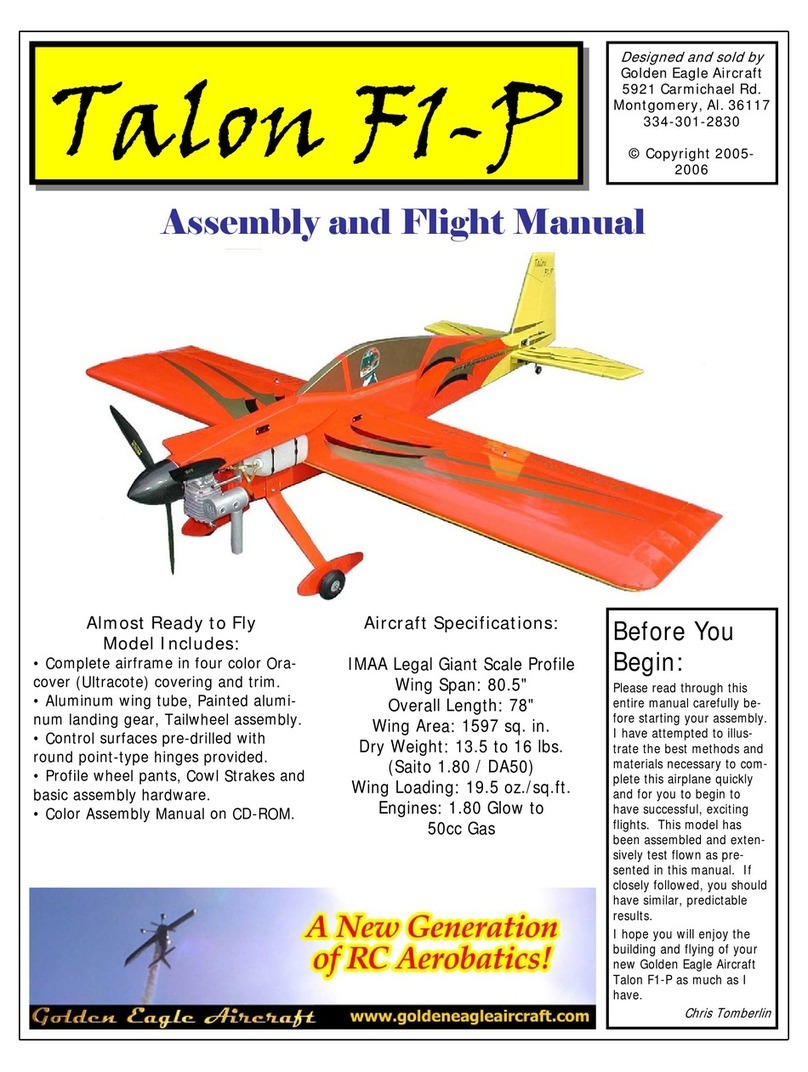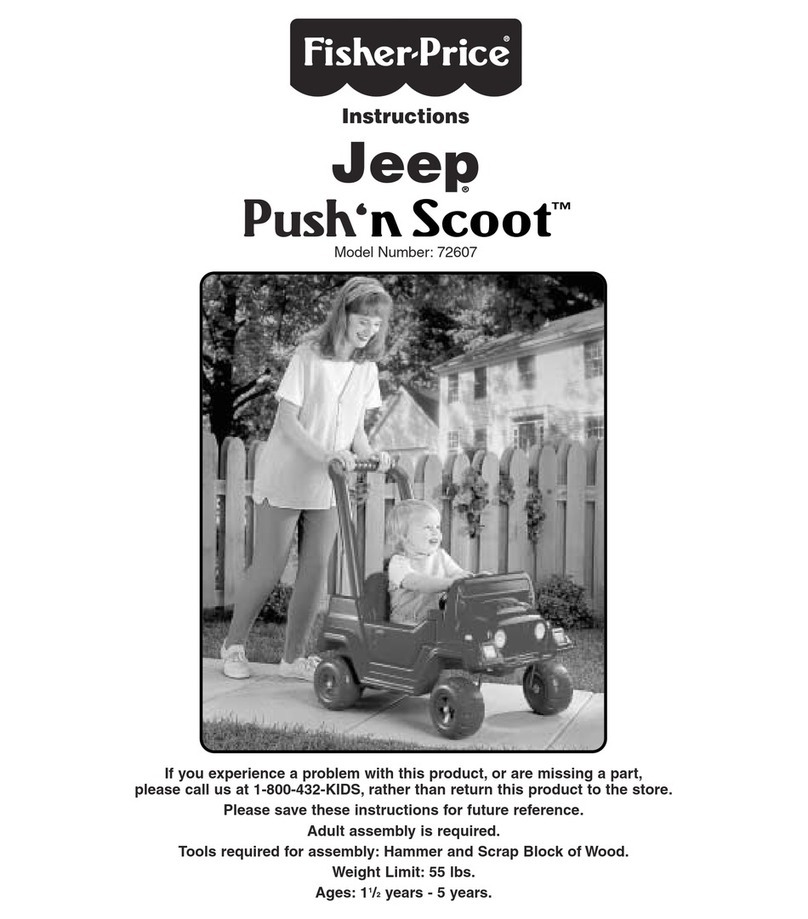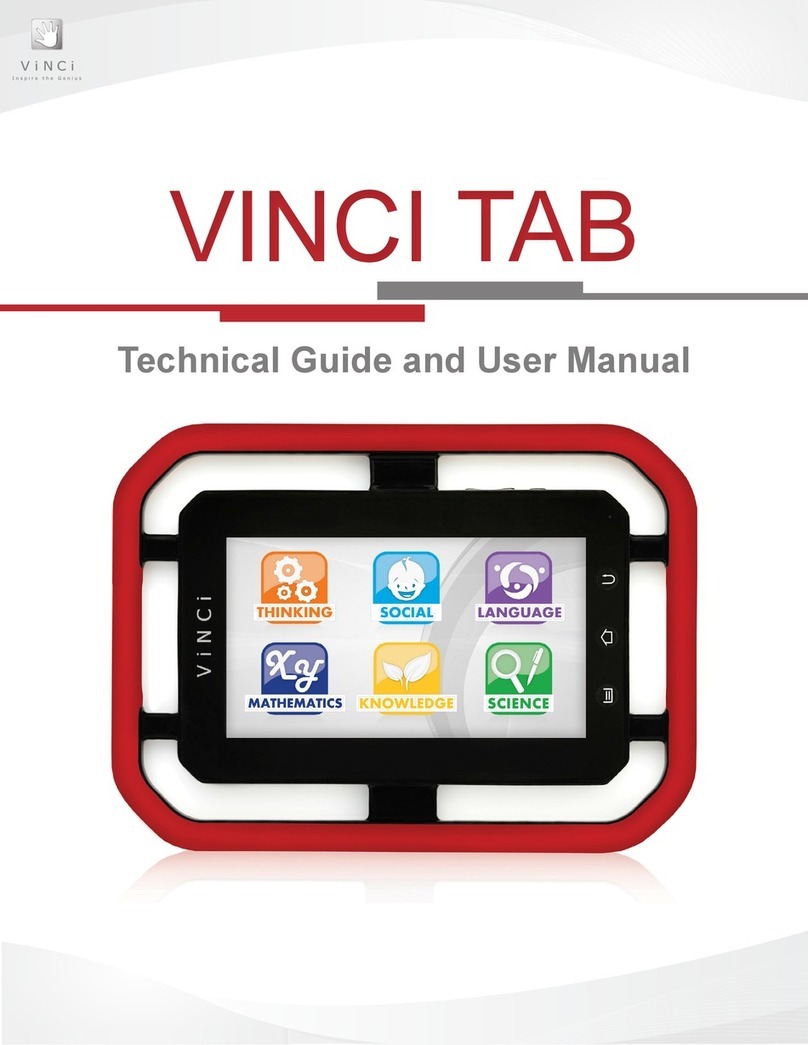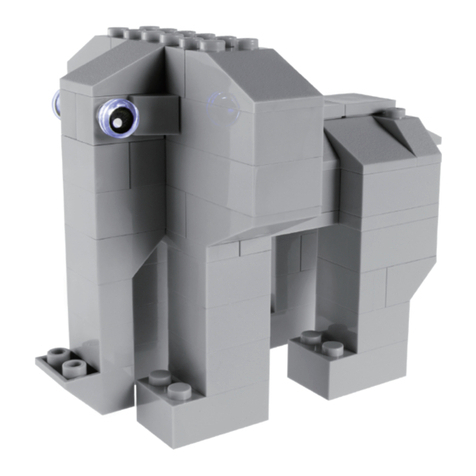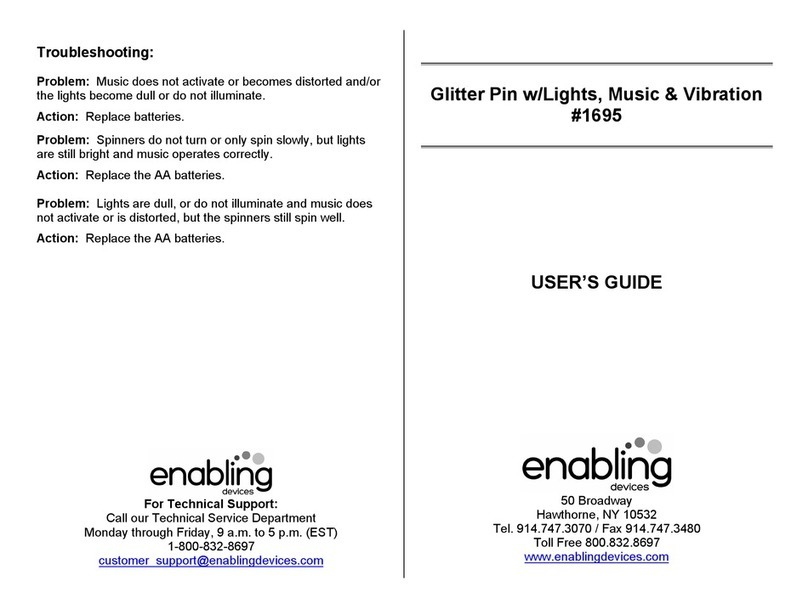
Kosmos Quality and Safety
More than one hundred years of expertise in publishing science
experiment kits stand behind every product that bears the Kosmos
name. Kosmos experiment kits are designed by an experienced team
of specialists and tested with the utmost care during development
and production. With regard to product safety, these experiment
kits follow European and US safety standards, as well as our own
refined proprietary safety guidelines. By working closely with our
manufacturing partners and safety testing labs, we are able to
control all stages of production. While the majority of our products
are made in Germany, all of our products, regardless of origin,
follow the same rigid quality standards.
1st Edition 2015 Thames & Kosmos, LLC, Providence, RI, USA
Thames & Kosmos® is a registered trademark of Thames & Kosmos, LLC.
This work, including all its parts, is copyright protected. Any use outside the specific limits of the copyright law without the consent of the publisher is prohibited and punishable by law.
This applies specifically to reproductions, translations, microfilming, and storage and processing in electronic systems and networks. We do not guarantee that all material in this work
is free from copyright or other protection.
Technical product development: Genius Toy Taiwan Co., Ltd., Taichung, Taiwan, R.O.C.
Author: Manfred Schwarz
Translation: David Gamon
Editing: Ted McGuire
Additional Graphics and Packaging: Dan Freitas
Manual design concept: Atelier Bea Klenk, Berlin
Manual illustrations: Genius Toy Taiwan Co., Ltd., Taichung, Taiwan, R.O.C., and Thames & Kosmos
Manual photos:
Courtesy of NASA and/or NASA JPL: p. 3 all, p. 4 all, p. 14-18 all, p. 25 all, p. 32 all, p. 39 (moon), p. 40 all, p. 53 all; p. 80 all.
Wikipedia: p. 59 (C-3PO and R2-D2) Dirk Vorderstrasse, CC BY 2.0; p. 59 (Marvin) Fair use, courtesy of Touchstone Pictures and Spyglass Entertainment; p. 59 (Robby) Pattymooney, CC
BY SA 3.0; p. 59 (ASIMO) Courtesy Honda, CC BY SA 3.0.
iStock: p. 59 (WALL-E) © Disney Pixar Studio, Editorial use only.
Other: p. 59 (Robots Movie Poster) Fair use, courtesy of Twentieth Century Fox Animation and Blue Sky Studios; p. 59 (Gort) Public domain image, courtesy of 20th Century Fox; p. 79
(Kirobo) Media image, courtesy of Kibo Robot Project; p. 79 (Philae) DLR, CC-BY 3.0; p. 79 (Fire ants) Stephen Ausmus, public domain image.
All other photos: Genius Toy Taiwan Co., Ltd., Taichung, Taiwan, R.O.C., and Thames & Kosmos
The publisher has made every effort to locate the holders of image rights for all of the photos used. If in any individual cases any holders of image rights have not been acknowledged,
they are asked to provide evidence to the publisher of their image rights so that they may be paid an image fee in line with the industry standard.
Distributed in North America by Thames & Kosmos, LLC. Providence, RI 02903
Phone: 800-587-2872; Web: www.thamesandkosmos.com
Distributed in United Kingdom by Thames & Kosmos UK, LP. Goudhurst, Kent TN17 2QZ
Phone: 01580 212000; Web: www.thamesandkosmos.co.uk
We reserve the right to make technical changes.
Printed in Taiwan / Imprimé en Taiwan
› › › SAFETY INFORMATION
Safety Information
WARNING. Only for use by children aged 8 years and older.
Instructions for parents or other supervising adults are included
and have to be observed. Keep packaging and instructions as
they contain important information.
WARNING. Not suitable for children under 3 years. Choking
hazard — small parts may be swallowed or inhaled.
Store the experiment material and assembled models out of the
reach of small children.
Safety for Experiments with
Batteries
››› The wires are not to be inserted into socket-outlets. Never
perform experiments using household current! The high voltage
can be extremely dangerous or fatal!
››› To operate the models, you will need six AAA baeries (1.5-
volt, type AAA/LR03) or six AAA rechargeable baeries (1.2-
volt, min. 1100 mAh), which could not be included in the kit due
to their limited shelf life.
››› The supply terminals are not to be short-circuited. A short
circuit can cause the wires to overheat and the baeries to
explode.
››› Different types of baeries or new and used baeries are not
to be mixed.
››› Do not mix old and new baeries.
››› Do not mix alkaline, standard (carbon-zinc), or rechargeable
(nickel-cadmium) baeries.
››› Baeries are to be inserted with the correct polarity. Press
them gently into the baery compartment. See page 2.
››› Always close baery compartments with the lid.
››› Non-rechargeable baeries are not to be recharged. They
could explode!
››› Rechargeable baeries are only to be charged under adult
supervision.
››› Rechargeable baeries are to be removed from the toy before
being charged.
››› Exhausted baeries are to be removed from the toy.
››› Dispose of used baeries in accordance with environmental
provisions, not in the household trash.
››› Be sure not to bring baeries into contact with coins, keys, or
other metal objects.
››› Avoid deforming the baeries.
As all of the experiments use baeries, have an adult check the
experiments or models before use to make sure they are
assembled properly. Always operate the motorized models
under adult supervision.
After you are done experimenting, remove the baeries from the
baery compartments. Note the safety information
accompanying the individual experiments or models!
Notes on Disposal of Electrical
and Electronic Components
The electronic components of this product are recyclable. For the
sake of the environment, do not throw them into the household
trash at the end of their lifespan. They must be delivered to a
collection location for electronic waste, as indicated by the
following symbol:
Please contact your local authorities for the appropriate
disposal location.
Dear Parents,
Before starting the experiments, read through the instruction
manual together with your child and discuss the safety
information. Check to make sure the models have been
assembled correctly, and assist your child with the experiments.
We hope you and your child have a lot of fun with the
experiments!
FCC Part 15 Statement
This device complies with Part 15 of the FCC Rules. Operation is
subject to the following two conditions: (1) this device may not
cause harmful interference, and (2) this device must accept any
interference received, including interference that may cause
undesired operation.
Changes or modifications not expressly approved by the party
responsible for compliance could void the user’s authority to
operate the equipment.
NOTE: This equipment has been tested and found to comply with
the limits for a Class B digital device, pursuant to Part 15 of the
FCC Rules. These limits are designed to provide reasonable
protection against harmful interference in a residential
installation. This equipment generates, uses and can radiate
radio frequency energy and, if not installed and used in
accordance with the instructions, maybe cause harmful
interference to radio communications. However, there is no
guarantee that interference will not occur in a particular
installation. If this equipment does cause harmful interference to
radio or television reception, which can be determined by turning
the equipment off and on, the user is encouraged to try to correct
the interference by one or more of the following measures:
- Reorient or relocate the receiving antenna.
- Increase the separation between the equipment and receiver.
- Connect the equipment into an outlet on a circuit different form
that to which the receiver is connected.
- Consult the dealer or an experienced radio/TV technician for
help.





















